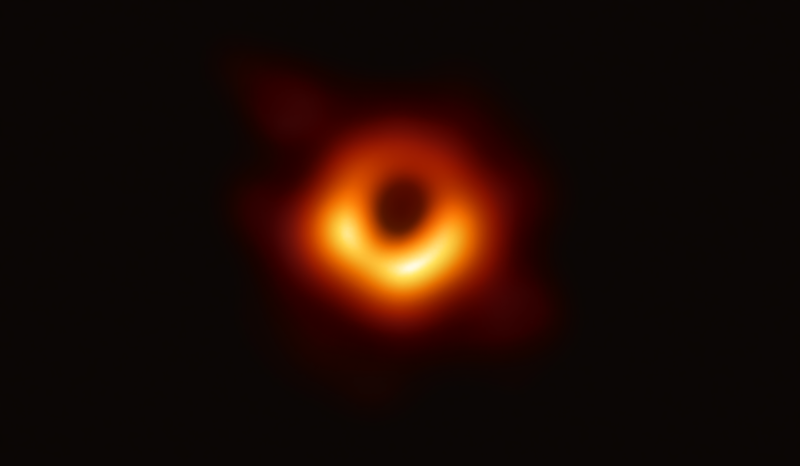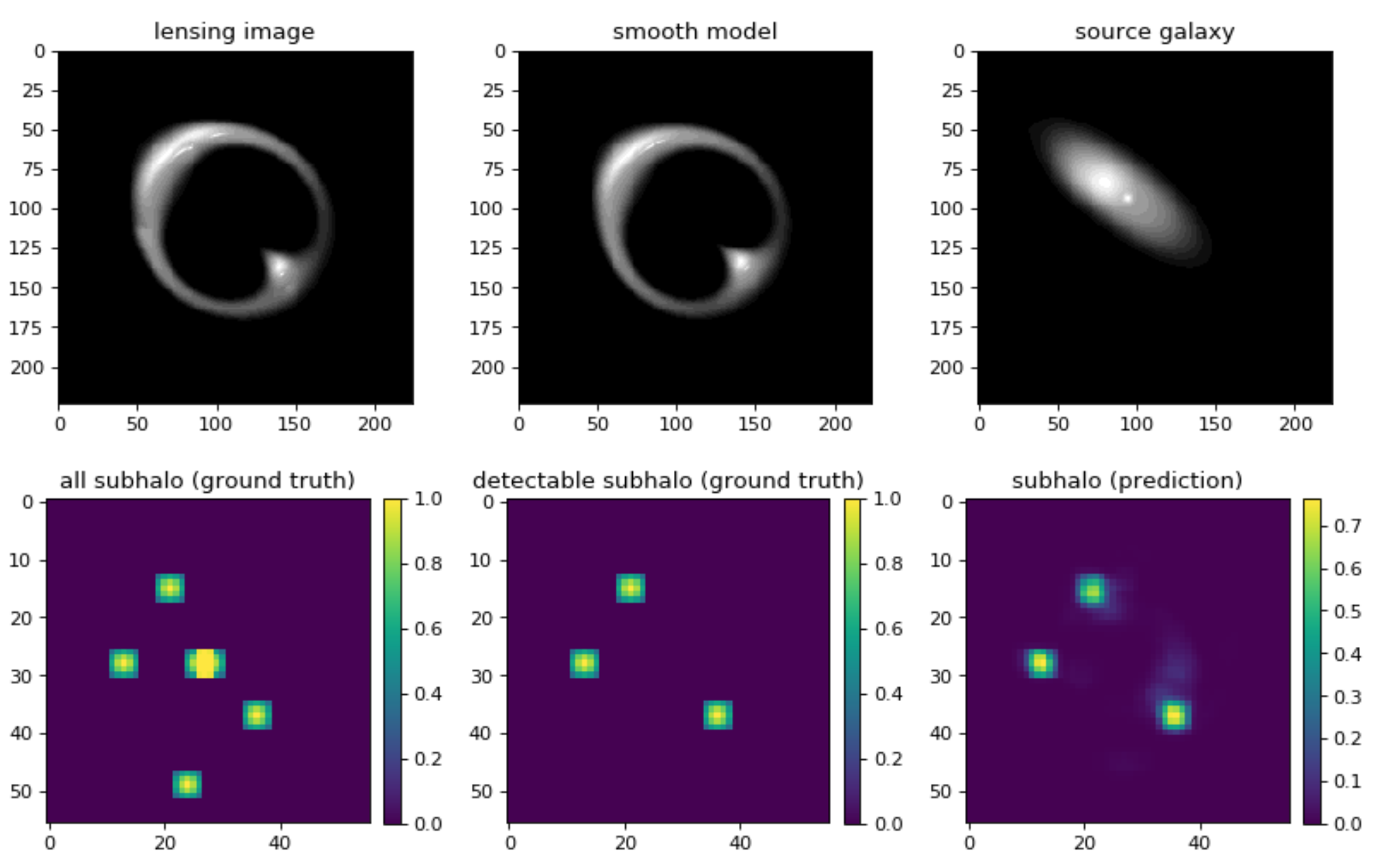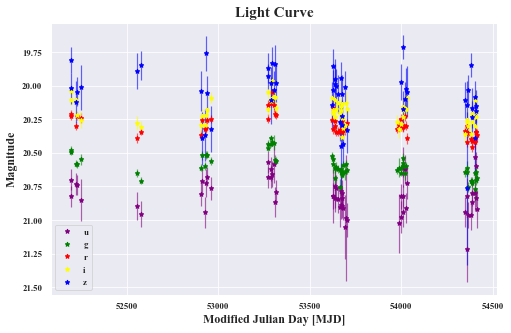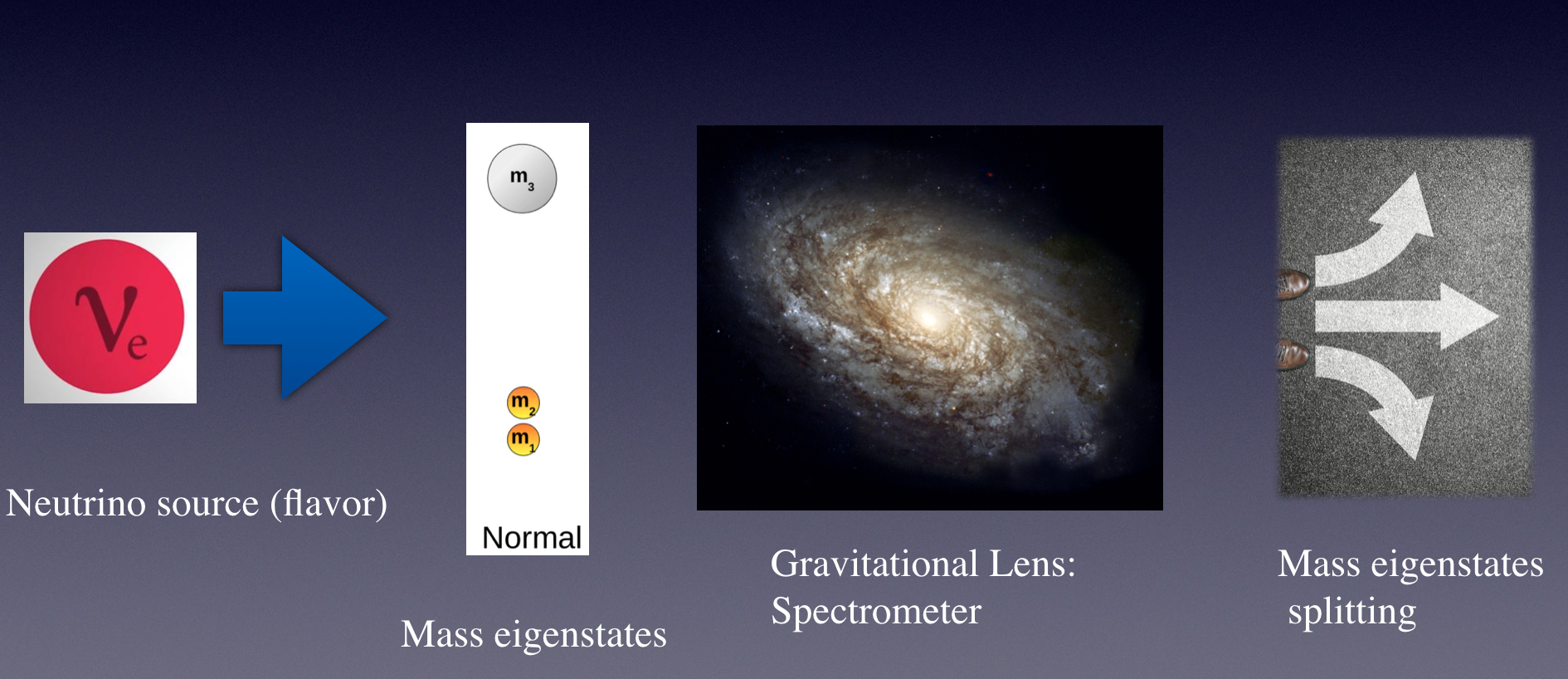My research spans a wide range of Machine Learning application in Astrophysics.

Snapshot of the black hole image in M87. (image credit: EHT)
Machine Learning application for the Event Horizon Telescope
Joshua Yao-Yu Lin + George N. Wong, Ben S. Prather, Charles F. Gammie (ICML 2020 workshop)
The Event Horizon Telescope (EHT) recently released the first horizon-scale images of the black hole in M87. Combined with other astronomical data, these images constrain the mass and spin of the black hole as well as the accretion rate and magnetic flux trapped on the black hole. An important question for EHT is how well key parameters such as spin and trapped magnetic flux can be extracted from present and future EHT data alone. We explore parameter extraction using a neural network trained on high-resolution synthetic images drawn from state-of-the-art simulations. We find that the neural network is able to recover spin and flux with high accuracy. We are particularly interested in interpreting the neural network output and understanding which features are used to identify, e.g., black hole spin. Using feature maps, we find that the network keys on low surface brightness feature in particular. This work is accepted by ICML 2020 workshop. I am interested in the extension of building neural networks that could directly estimate parameters in radio interferometry data for EHT.



